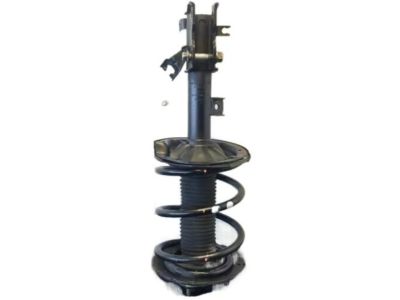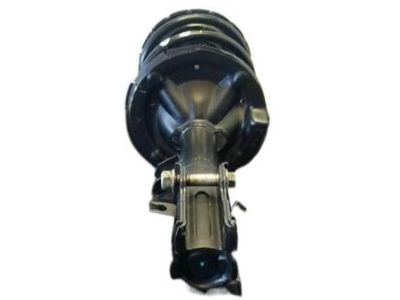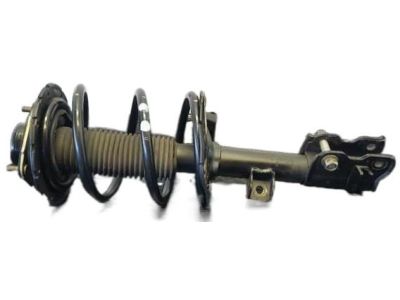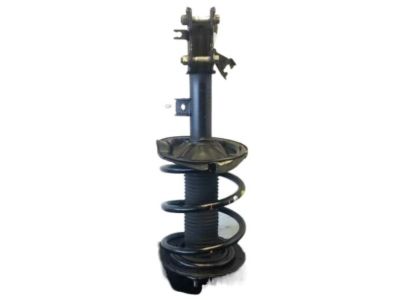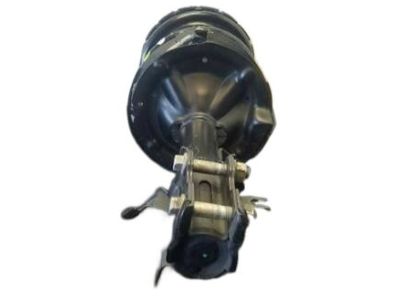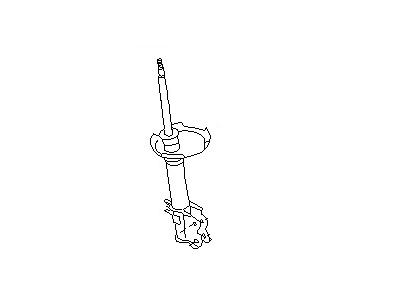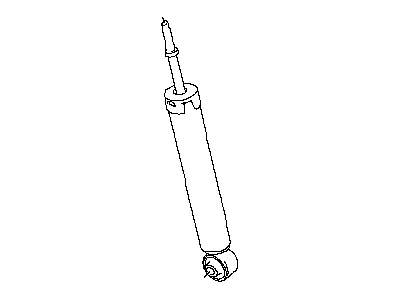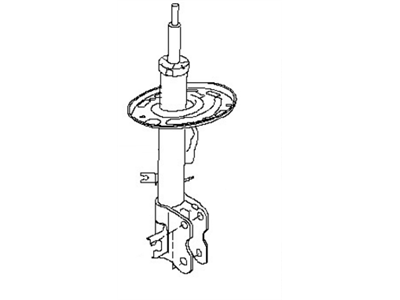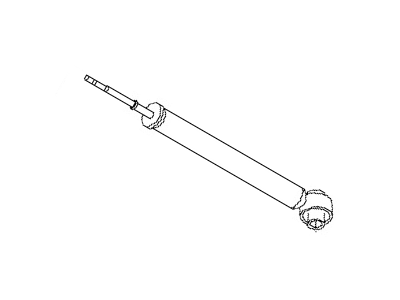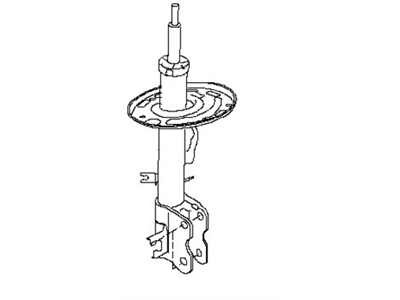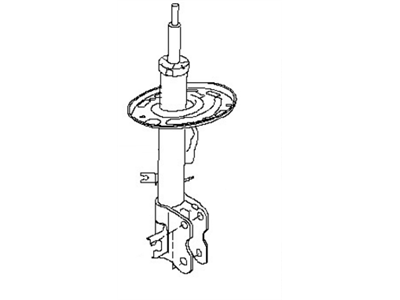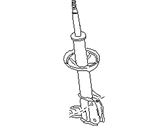×
- Hello
- Login or Register
- Quick Links
- Live Chat
- Track Order
- Parts Availability
- RMA
- Help Center
- Contact Us
- Shop for
- Nissan Parts
- Nissan Accessories

My Garage
My Account
Cart
Genuine Nissan Quest Shock Absorber
Suspension Shock Absorber- Select Vehicle by Model
- Select Vehicle by VIN
Select Vehicle by Model
orMake
Model
Year
Select Vehicle by VIN
For the most accurate results, select vehicle by your VIN (Vehicle Identification Number).
54 Shock Absorbers found

Nissan Quest Strut Kit-Front Suspension,RH
Part Number: 54302-5Z025$163.65 MSRP: $231.15You Save: $67.50 (30%)
Nissan Quest ABSORBER Kit-Shock,Rear
Part Number: E6210-1JB0C$169.09 MSRP: $250.38You Save: $81.29 (33%)Ships in 1-3 Business DaysNissan Quest Strut Kit-Front Suspension,RH
Part Number: E4302-1JA0B$205.73 MSRP: $284.32You Save: $78.59 (28%)Ships in 1-3 Business DaysNissan Quest ABSORBER Kit - Shock, Rear
Part Number: E6210-ZM70A$121.38 MSRP: $164.07You Save: $42.69 (27%)Ships in 1-3 Business DaysNissan Quest STRUT Kit Front RH
Part Number: E4302-1JA0E$268.28 MSRP: $409.45You Save: $141.17 (35%)Ships in 1-3 Business DaysNissan Quest STRUT Kit Front LH
Part Number: E4303-1JA0E$268.28 MSRP: $409.45You Save: $141.17 (35%)Ships in 1-3 Business DaysNissan Quest ABSORBER Kit - Shock, Rear
Part Number: 56210-5Z025$121.38 MSRP: $164.07You Save: $42.69 (27%)Ships in 1-3 Business DaysNissan Quest STRUT Kit Front RH
Part Number: E4302-ZM70A$166.98 MSRP: $231.15You Save: $64.17 (28%)Ships in 1-2 Business DaysNissan Quest Strut Kit-Front Suspension,LH
Part Number: 54303-5Z025$163.65 MSRP: $231.15You Save: $67.50 (30%)Nissan Quest ABSORBER Kit - Shock, Rear
Part Number: 56210-5Z026$121.38 MSRP: $164.07You Save: $42.69 (27%)Ships in 1-3 Business Days
| Page 1 of 3 |Next >
1-20 of 54 Results
Nissan Quest Shock Absorber
If you need any OEM Nissan Quest Shock Absorber, feel free to choose them out of our huge selection of genuine Nissan Quest Shock Absorber. All our parts are offered at unbeatable prices and are supported by the manufacturer's warranty. In addition, we offer quick shipping to have your parts delivered to your door step in a matter of days.
Nissan Quest Shock Absorber Parts Questions & Experts Answers
- Q: How should you assess and maintain shock absorbers, steering and suspension parts, and CV boots on Nissan Quest?A:Carry out your vehicle maintenance regularly; inspect suspension components and steering linkage since damaged or worn parts can cause strange tire wear, affect the comfort of car ride, cause poor handling, and also reduce fuel economy. To evaluate shock absorbers, drive the vehicle to a level area, stop with engine off and parking brake applied. Inspect tire pressures, press down on each corner of the car and watch for its motion up and down. After one or two bounces, it should settle in a level position. It is an indication that there are good brakes or good shocks when it will not continue bouncing or go back to the starting angle. Perform this test at the remaining three corners of the vehicle while lifting it with jack stands in order to examine rear shock absorbers as well as front struts for fluid leakage and firm attachment without being damaged. Replace them as a set if there is any sign of fluid loss. Look at all steering and suspension systems for damage or distortion using your eyes and also check them for seepage into boot which is torn apart by boot damage again. In addition to that move steering wheel inwards and away from you looking for movement in steering knuckle-to-control arm balljoint place while holding tires to feel for play within steering system components. Replace those which are worn out or blemished in any way. Finally check CV boots especially outer CV boots for cuts, splits or loose clamps. Scrub them with soap solution then replace if signs of impairedness like tears exist anywhere else there could be some leakages of lubricant oil because they play an important role in safeguarding CV joints against debris, moisture and other foreign particles.
Related Nissan Quest Parts
Browse by Year
2017 Shock Absorber 2016 Shock Absorber 2015 Shock Absorber 2014 Shock Absorber 2013 Shock Absorber 2012 Shock Absorber 2011 Shock Absorber 2010 Shock Absorber 2009 Shock Absorber 2008 Shock Absorber 2007 Shock Absorber 2006 Shock Absorber 2005 Shock Absorber 2004 Shock Absorber 2003 Shock Absorber 2002 Shock Absorber 2001 Shock Absorber 2000 Shock Absorber 1999 Shock Absorber 1998 Shock Absorber 1997 Shock Absorber 1996 Shock Absorber 1995 Shock Absorber 1994 Shock Absorber 1993 Shock Absorber
